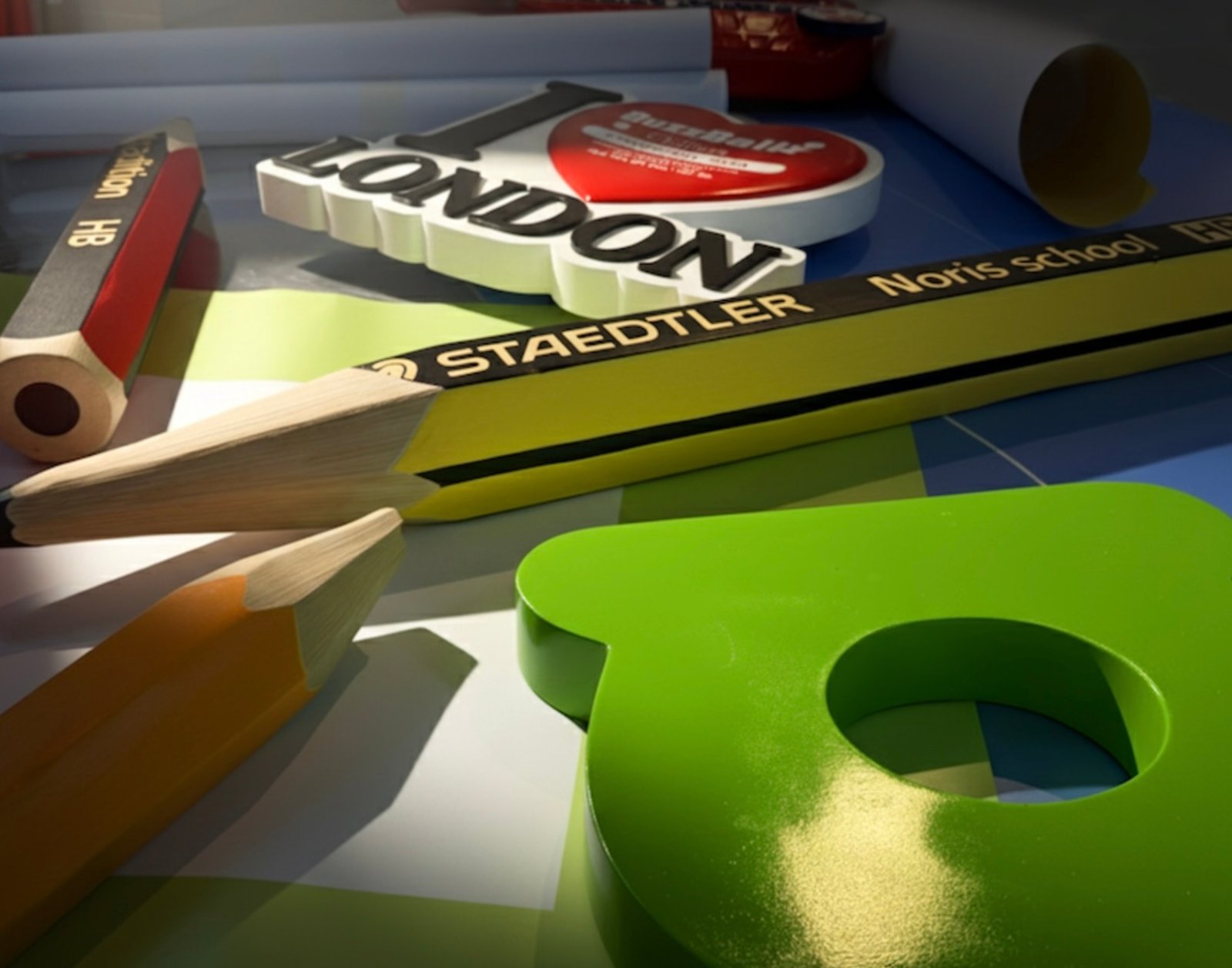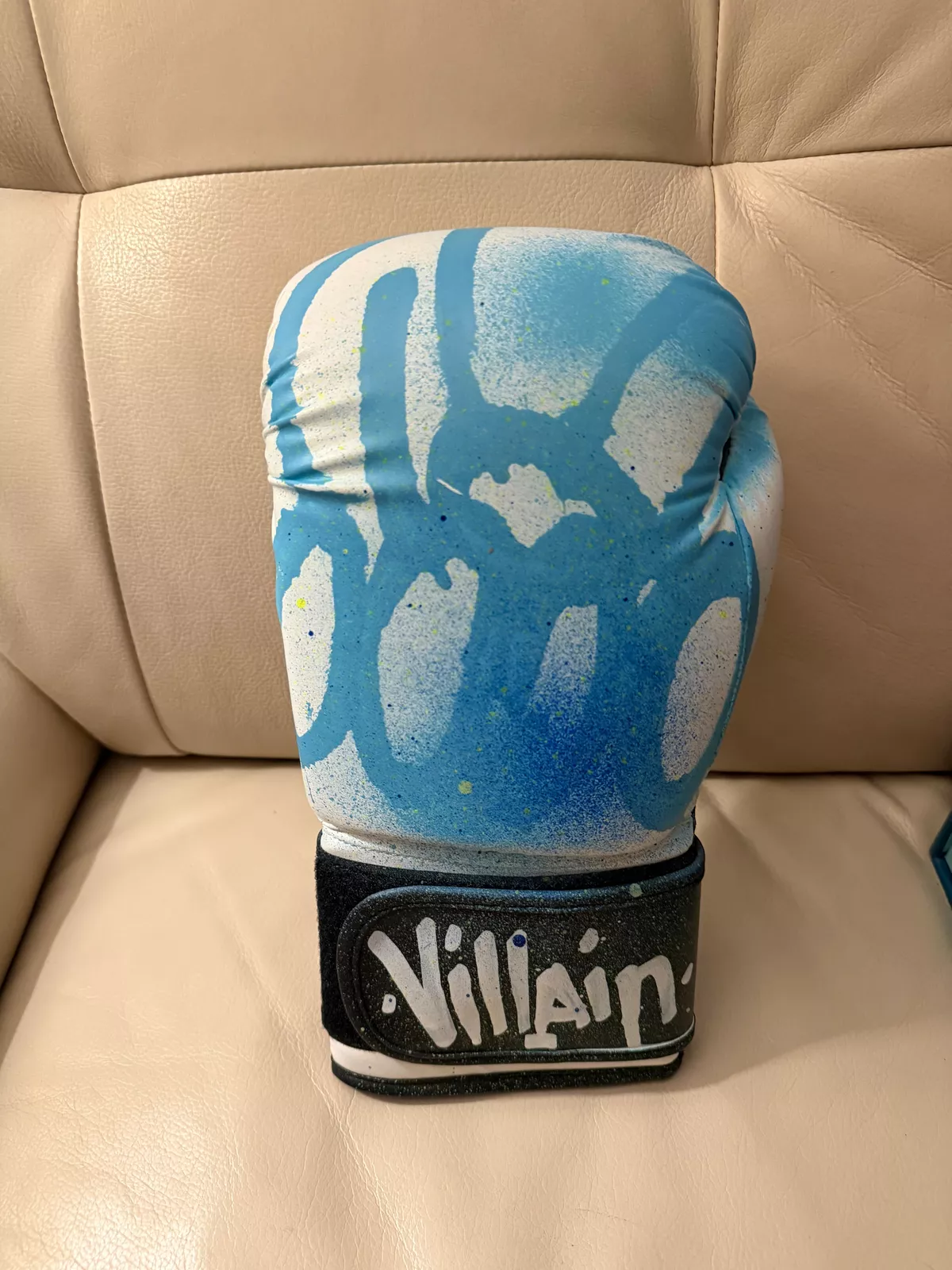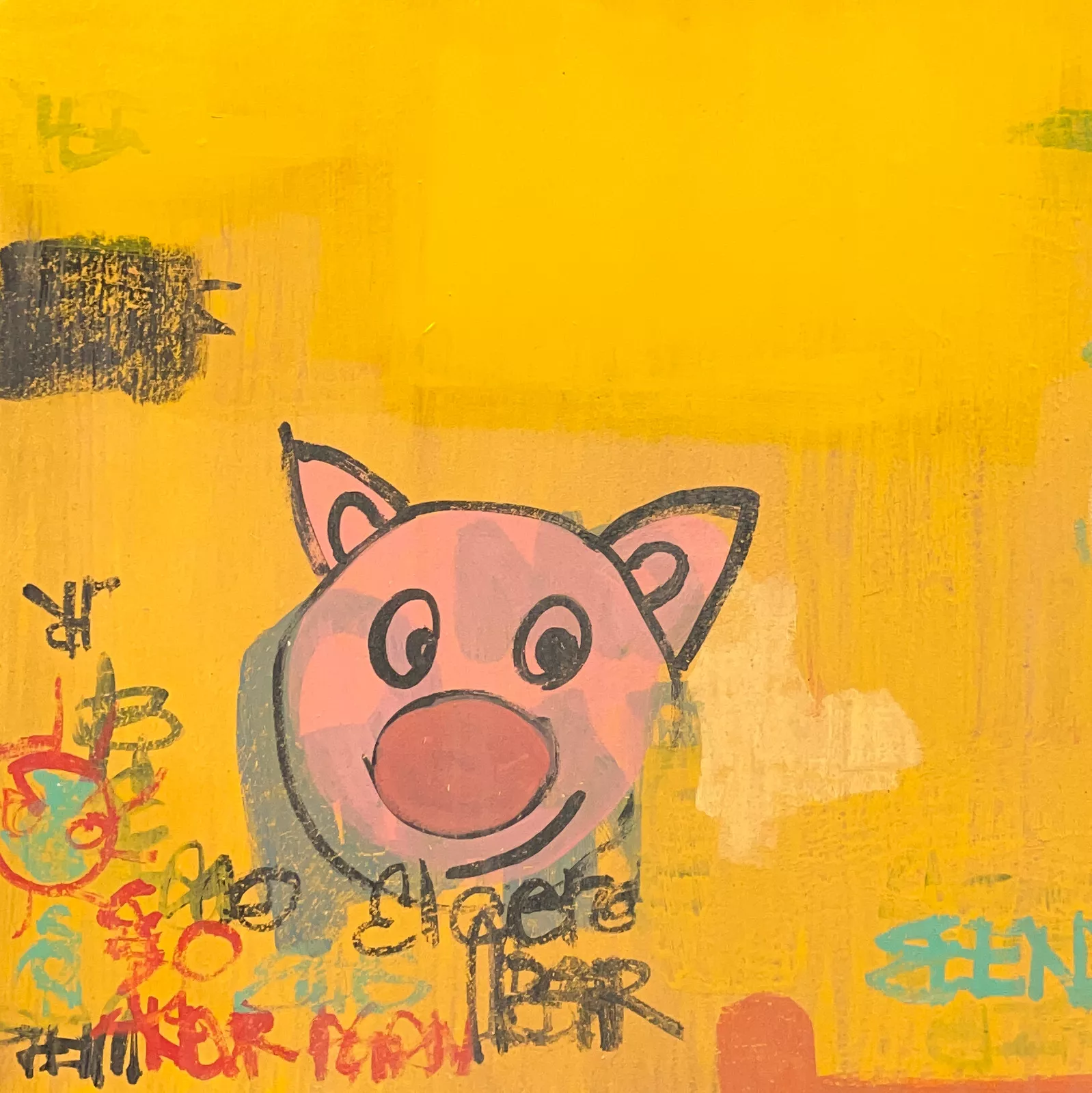As a millennial born on the edge of the analog-digital divide, I often wonder which objects from our childhood will be completely unrecognizable to the next generation. The floppy disk? Already extinct. The VHS tape? Practically mythological. But the rotary phone—clunky, satisfying, and stunningly analog—holds a special place in memory.
So when LEGO artist HisBrickMaterials unveiled a stunning MOC (My Own Creation) of a rotary phone built entirely from standard LEGO bricks, the emotional resonance was immediate. It wasn’t just a clever model. It was a sculptural homage. A time machine.
A Generation Defined by the Tactile
For those of us who remember, the rotary phone wasn’t merely a tool — it was a ritual. Lifting the weighted handset, rotating the dial one digit at a time, hearing the soft click of the return… The process was slow, deliberate. Unlike today’s instant tap-and-send culture, calling someone in the rotary age demanded intention.
This LEGO MOC captures that emotional rhythm with startling fidelity. The dial actually rotates, the receiver lifts off, and every surface gleams with vintage realism. Even the cradle-mounted switchhook is recreated with meticulous accuracy. HisBrickMaterials describes it as “not just a build, but a translation of memory.”
The Design: Pure Nostalgia in Brick Form
Rendered primarily in deep black, silver-grey, and muted cream bricks, the model doesn’t aim for flamboyance. Like the object it recreates, its beauty lies in restraint and functionality. The use of LEGO Technic elements enables the rotating dial—a feat that many adult LEGO fans (AFOLs) would envy. The designer has also hinted at exploring a spring mechanism to allow the dial to return automatically, just as in the original hardware.
But more than just mechanics, the build demonstrates poetic engineering. Curved bricks mimic the phone’s rounded base, and SNOT (Studs Not on Top) techniques smooth the handset’s form. The number pad is labeled with minimalist tile pieces, giving the impression of faded use.
It’s a tactile sculpture—one that you don’t just admire from afar but feel the urge to interact with.
History in Plastic
The rotary phone, though largely obsolete by the 2000s, still carries immense symbolic weight. First patented in the early 20th century, it became a cultural icon by mid-century, featured in everything from noir films to sitcoms. It was a status object, a family fixture, a private confessional.
To recreate that aura in LEGO form is not just clever—it’s a form of historical preservation. LEGO itself has always celebrated architecture, vehicles, and even medieval weaponry. Why not celebrate communication artifacts?
HisBrickMaterials’ MOC joins a quiet lineage of LEGO builds that engage with the archaeology of technology. These aren’t toys; they’re monuments.
Communication Beyond Borders
In the designer’s own words:
“We were always meant to express ourselves—from cave paintings to hieroglyphics, from poetry to songs and letters. But imagine being able to communicate without borders, without boundaries.”
This quote reveals the heart of the project. The rotary phone, once confined to homes, now becomes a borderless icon in LEGO form. The MOC, when shared online, allows for cross-generational, cross-cultural conversation. A child in Brazil and a collector in Norway can both understand what it is, even if they’ve never touched one in real life.
It’s that intersection—of memory and material, of design and dialog—that gives this model such staying power.
A LEGO Movement: MOCs as Memory-Work
In the broader world of LEGO creators, MOCs are increasingly used to interpret history, evoke nostalgia, and tell stories that bricks alone don’t always suggest. Whether it’s a microscale castle or a modular record shop, builders are turning their attention toward the past.
But HisBrickMaterials does something particularly rare: they build emotional instruments. Like typewriters, radios, and Polaroids, rotary phones speak to an era when objects carried not only utility but presence. Their bulk demanded space. Their silence demanded attention.
This MOC operates on the same principles. It takes up space—not just physically, but emotionally.
Symbolism in Simplicity
What’s striking is how such a simple object—a phone with a single moving part—can evoke such layered feelings. The rotary phone reminds us not just of technology, but of waiting, of being tethered, of real-time conversations. No voicemail. No texting. Just the sound of a voice.
The LEGO version preserves that weight. Not literally, of course—it’s light compared to a Bakelite original—but in terms of narrative gravity. It’s not just a model. It’s a meditation.
LEGO as a Language
To build is to speak. To recreate the past brick-by-brick is to tell a story through plastic syntax. And in this case, the story isn’t one of innovation, but of preservation. Of holding onto the analog in a digital age.
HisBrickMaterials’ rotary phone does what all great art should do: it arrests time, invites reflection, and creates space for memory. For millennials, it’s a relic of the recent past. For Gen Z, it’s a museum piece. But in LEGO form, it’s a universal artifact—saying what words alone can’t.
No comments yet.









